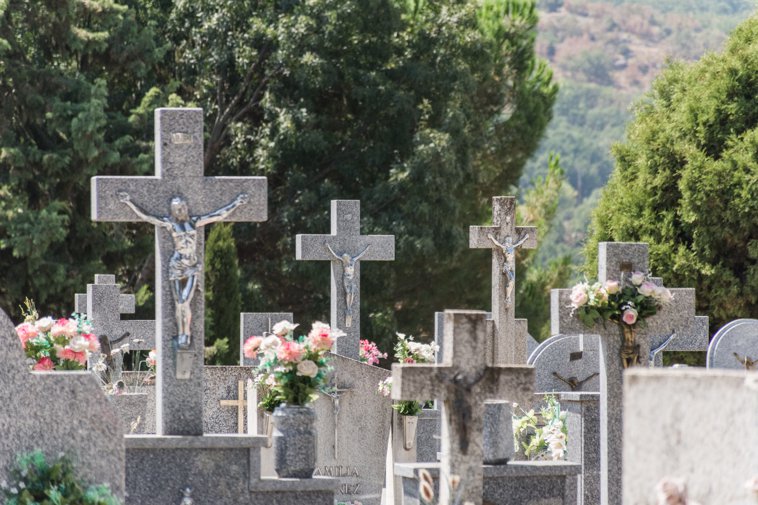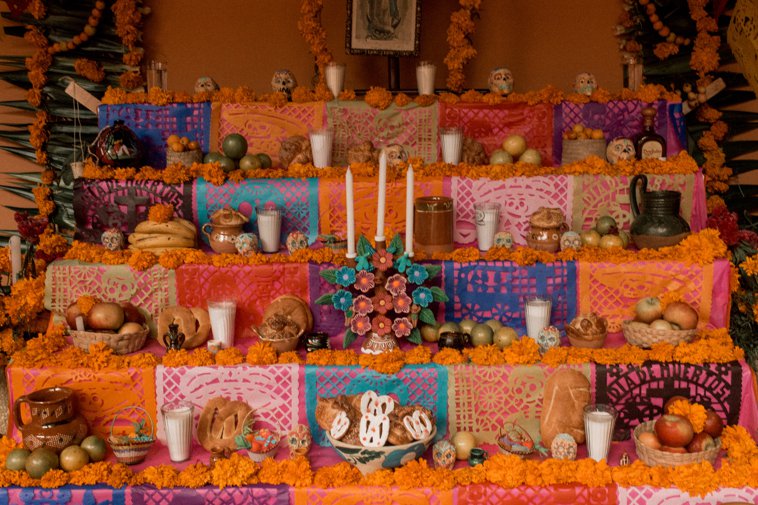All Saints' Day
Questions This Article Answers
What is All Saints’ Day?
How do you say "All Saints' Day" in Spanish?
What do people do on All Saints’ Day in Spanish-speaking countries?
How is All Saints’ Day celebrated in Mexico?
When is el Día de los Muertos?

Spain
How People Celebrate
El Día de Todos los Santos is a national holiday in Spain. Most businesses are closed, and people have the day off to gather with their families. In the days leading up to All Saints’ Day—and on November 1st itself—people visit the cemeteries where their family members are buried to clean their loved ones’ graves or burial niches and decorate them with flowers. This may mean that families return from the cities where they reside to the smaller towns and villages where their family members are buried. It’s a busy travel time throughout the country!
Given the holiday’s religious significance, many people attend misa(mass) on el Día de Todos los Santos.
Typical Treats
Like many holidays throughout Spain, el Día de Todos los Santos also has traditional treats that people eat on the holiday. While the actual treats may vary depending on the region, you’re typically able to find these two throughout the country on All Saints' Day: huesos de santo(literally, saints’ bones) and buñuelos(fritters).
Huesos de santo are short marzipan tubes that are traditionally filled with a sweet egg-yolk mixture. That being said, you can now find huesos de santo with other fillings such as chocolate or fruit!
Buñuelos are quite similar to doughnut holes, and they’re eaten throughout Spain on el Día de Todos los Santos. Like huesos de santo, buñuelos tend to be filled, and the most common fillings are either cream or chocolate.
Mexico

In recent years, the celebrations at the beginning of November in Mexico have become fairly well-known in popular culture. In Mexico, the Catholic holiday of el Día de Todos los Santos shares the spotlight with el Día de los Muertos(Day of the Dead)—also called el Día de Muertos(Day of the Dead)—which is traditionally celebrated on November 1 and 2. It is believed that the almas(souls) of niños(children) return on November 1, and the souls of adultos (adults) do so on November 2.
Interested in learning more about el Día de los Muertos? You can read all about it in this article!
While each country has its own slight variations on the traditions, el Día de Todos los Santos tends to be celebrated to some extent throughout the Spanish-speaking world.
Spanish Words to Talk About Todos los Santos
Here are some of the key words you will need to talk about el Día de Todos los Santos!
Learn more about holidays throughout the Spanish-speaking world in these articles:











